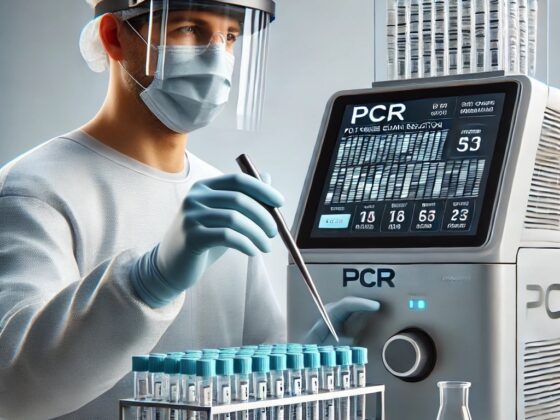Wound infections, a prevalent challenge in healthcare, carry the potential for severe complications without timely and precise intervention. These conditions result from the disruption of skin integrity, with their complexity and the risk of infection significantly heightened by various lifestyle and medical conditions. At ALLIANCE™ Laboratories, we use advanced molecular diagnostic techniques to help our patients understand and manage wound infections effectively.
Importance of diagnostics:
Physicians face a daunting task in managing these wound infections, complicated further by systemic issues like diabetes and localized problems such as antibiotic-resistant pathogens. This calls for a diagnostic approach that is both comprehensive and precise, highlighting the necessity of cutting-edge tools in the timely and effective management of wound infections.
Our services:
At ALLIANCE™ Laboratories, we employ an extensive suite of 43 array-based assays capable of identifying a broad spectrum of bacteria, fungi, and resistance genes. We excel at delivering fast, accurate results, with all pathogen DNA extracted swiftly within 48 hours and samples meticulously processed in triplicate to guarantee accuracy. Leveraging the eSwab collection system and the state-of-the-art Real-Time PCR QuantStudio 12K Flex System, ALLIANCE™ Laboratories stands as a pinnacle in molecular diagnostics.
How we test:
- COLLECTION:
We get a sample of the eSwab (a liquid-based multi-purpose collection for bacteria and fungi) taken from the suspected wound site.
- PROCESSING
We use real-time PCR (Polymerase Chain Reaction) to assess the sample and deliver a report, which tells the patient what pathogens they have as well as outlining any antibiotic resistance genes those pathogens carry.
Testing Panel:
| Bacteria: | Yeast: | Antibiotic Resistance Genes: |
| Aerobic Bacteria
Gram-Positive: E. Faecalis E. Faecium M. Abscessus M. Chelonae S. Aureus K. Oxycota K. Pneumonia S. Epidermidis S. Lugdunensis S. Agalactiae S. Pyogenes Gram-Negative: A. Baumannii C. Feundii E. Aerogenes E. Cloacae E. Coli P. Mirabillis P. Vulgaris P. Aeruginosa |
Aspergillus flavus
Aspergillus niger Aspergillus fumigatus Candida albicans Candida glabrata Candida krusei Candida tropicalis Candida parapsilosis |
vanA
vanB ermA ermB TETM VIM SME SHV NDM mecA KPC IMP OXA-48 CTX-M group 1 CTX-M group 2 CTX-M group 9 CTX-M group 8/25
|
| Anaerobic Bacteria
Gram-Positive C. Perfigens C. Septicum Gram-Negative B. Fragillis P. Intermedia P. Oralis
|
||
Antibiotic Resistance Genes Breakdown:
| vanA | vancomycin and related antibiotics |
| vanB | vancomycin and related antibiotics |
| ermA | macrolides (eg: erythromycin) |
| ermB | macrolides (eg: erythromycin) |
| TETM | tetracyclines |
| VIM | beta-lactam antibiotics |
| SME | Carbapenems (such as imipenem, meropenem, and ertapenem) |
| SHV | beta-lactam antibiotics |
| NDM | beta-lactam antibiotics |
| mecA | beta-lactam antibiotics |
| KPC | beta-lactam antibiotics |
| IMP | beta-lactam antibiotics |
| OXA-48 | beta-lactam antibiotics |
| CTX-M group 1 | beta-lactam antibiotics |
| CTX-M group 2 | beta-lactam antibiotics |
| CTX-M group 8/25 | beta-lactam antibiotics |
| CTX-M | beta-lactam antibiotics |



